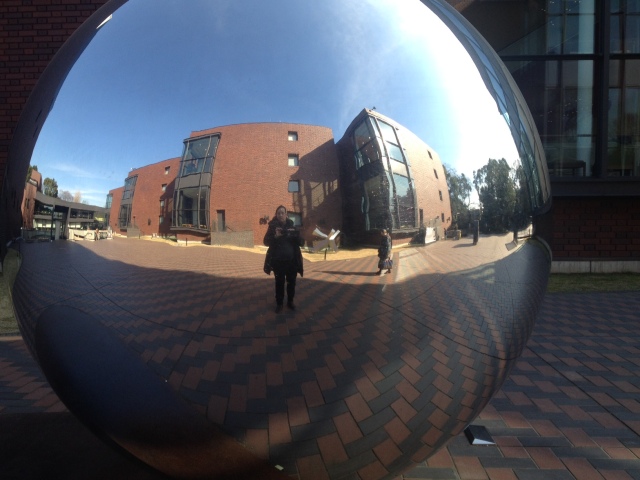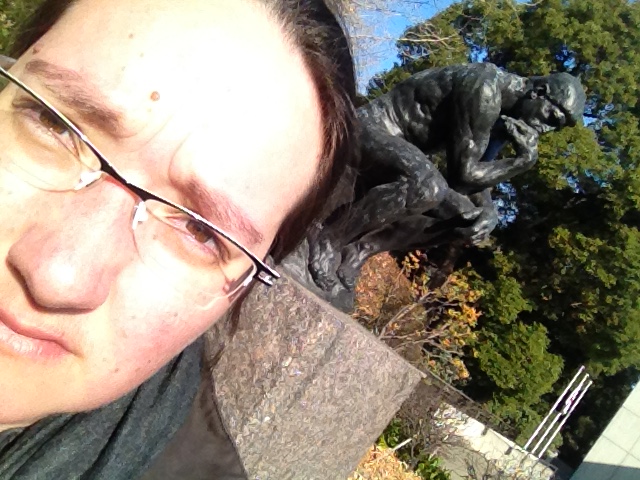After being here for more than two weeks, it seems a reflection is in place to gather around me some of this country of deep bows, shrines, busy streets, quiet islands and fast trains. I’m hardly proficient in Japanese, nor do I know everything about its history – although to have read some books especially to prepare me for this trip has been a good thing. But I can say I love the rhythm that envelops everything, the sounds in the street, the ‘gozaimas’ everywhere you go. There seems to be a deep respect for everything – but whether this is surface or truly felt is hard to reckon. So, a short reflection on Japanese prayer.

Prayer
One of the things that will stay for me, is the manner of prayer, that seems to be a common aspect to both local and touristic Japanese people. Especially at the first of January, when throngs of people flock towards a larger shrine to celebrate the first prayer of the new year, to pay respects, but also during other days, when passers-by as well as old dedicated Japanese seem to ‘hop-in’ to the Shrine on their way to the metro. Or at least, it could be that, of course I don’t know and cannot see where they go to after their visit to the Shrine.
Such a visit takes about 7 minutes, I’d say. They enter, under the large Torii and bow, wash their hands on the right stall with a wooden type of cup, ring the bell in front of the Shrine (to call the Gods), throwing some money in a wooden thing, and then the prayer starts. (See for more information and much more detailed, this website for instance.)
The prayer itself is also ritualized: two bows, two claps, moment of reflection followed by a last bow. This is all the same, for everyone. The only thing that differs is the time used for the moment of reflection. Some couples bow and clap simultaneously, with each their own length of reflection. Even in the most crowded circumstances, with tourists making noise all around, I’ve seen people being totally still, tranquil, reflecting – or praying, if that is what you’d like to call it.
Silence
That moment of silence, it intrigued me. Following rituals, especially if they are foreign to me, make it difficult to see anything else. Bowing, clapping, washing – did I do it right, should I ring the bell any louder, am I ridiculous trying to imitate something that is not part of me? But observing the praying is a beautiful thing, perhaps even more beautiful than the shrines itself. Although each shrines had their own specific beauty and interesting aspects, it is in the end the people that make it come alive. Even when they are all dressed in rented kimonos and taking pictures of each other, smiling and making the \/ sign.
The use of sounds and cries, of making noise with bells and drums all seem to be a fitting surrounding of the silence that is observed in the hearts and minds of people. As if to draw nigh the beauty that is too much when taken in fully.
The old and the new
Perhaps this essential part of Shrines in every city and village, not only in Kyoto which is said to have the most shrines and temples, but in all the places I’ve visited so far, around so many corners a small or large temple appears, sometimes merely a Torii and a small shrines surrounded by some green bushes or trees, sometimes large enough to get lost on the compound. This abundance of shrines makes this silent prayer, with all the accompanying sounds, an essential part of every-day life.
Perhaps this is why people in Tokyo don’t go mad while crossing the streets of Shibuya or Sinjuku, all the noises blaring from all sides, commercials, singing girls, people shouting the discounted goods that are the same everywhere. Perhaps, perhaps not.
